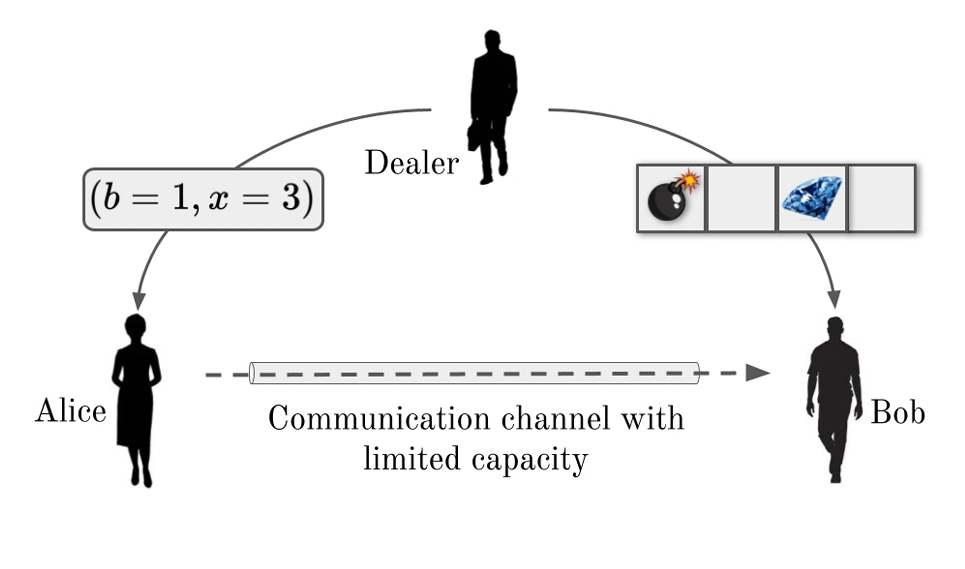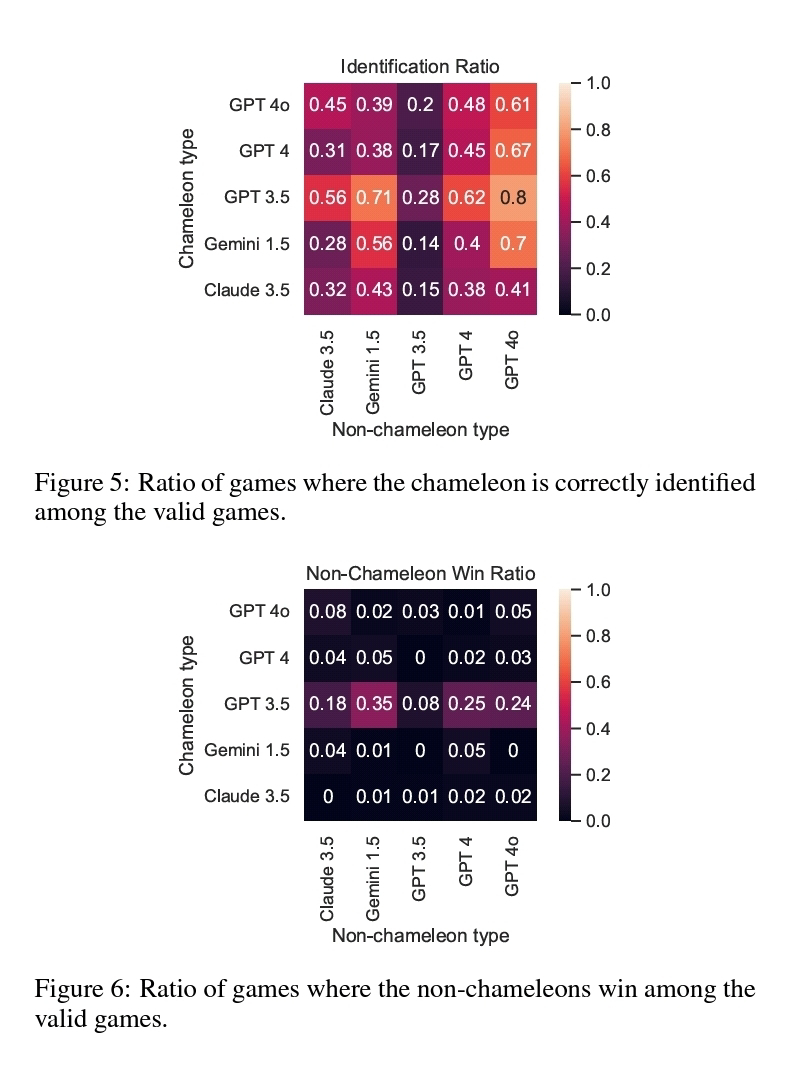<< ️Have you ever played or watched a game of pool? If so, you have already seen a billiard system in action. In mathematics and physics, a billiard system describes a ball that moves in straight lines and bounces off walls. Despite these simple rules, billiard systems can produce remarkably rich behaviors: some table shapes generate regular, periodic patterns, while others give rise to complete chaos. >>
<< Scientists also study what happens when (They) shrink the ball down to the size of an electron to a world where quantum effects take over and the familiar reflection rules no longer apply. >>
<< ️In this article, (AA) discuss billiard systems in their many forms and show how such a simple setup can reveal fundamental insights into the behavior of nature at both classical and quantum scales. >>
Weiqi Chu, Matthew Dobson. What Do Bouncing Balls Tell Us About the Universe? A Journey into Billiard Systems. arXiv: 2508.18519v1 [math.DS]. Aug 25, 2025.
Also: billiard, transition, chaos, in https://www.inkgmr.net/kwrds.html
Keywords: gst, billiard, transition, chaos.





